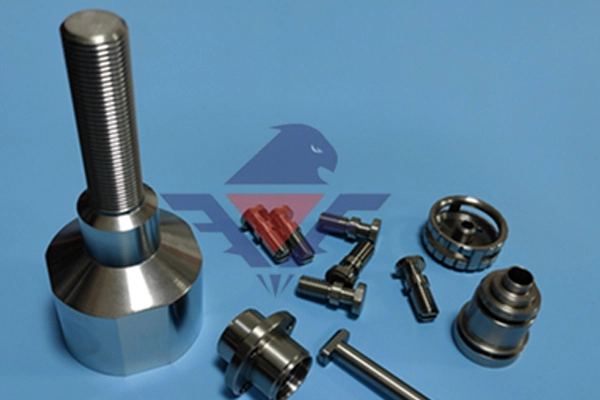
# Precision Swiss Machining for High-Quality Components
## What Is Swiss Machining?
Swiss machining, also known as Swiss turning or Swiss screw machining, is a specialized manufacturing process that produces high-precision components with tight tolerances. Originating in Switzerland’s watchmaking industry, this technique has evolved to serve various industries requiring complex, small-diameter parts.
## The Advantages of Swiss Machining
Modern Swiss machining offers several distinct benefits for manufacturers:
– Exceptional precision with tolerances as tight as ±0.0001 inches
– Ability to machine complex geometries in a single setup
– Reduced material waste compared to conventional machining
– Excellent surface finishes without secondary operations
– High production efficiency for small, intricate parts
## Key Industries That Benefit from Swiss Machining
Several industries rely on Swiss machining for their critical components:
### Medical Device Manufacturing
The medical field demands ultra-precise components for surgical instruments, implants, and diagnostic equipment. Swiss machining meets these stringent requirements consistently.
### Aerospace and Defense
Aircraft and defense systems contain numerous small, high-precision parts that must withstand extreme conditions. Swiss machining produces these components with the necessary reliability.
### Electronics and Microtechnology
As electronic devices shrink, the demand for miniature precision components grows. Swiss machining excels at producing these tiny, complex parts.
## The Swiss Machining Process
The Swiss machining process differs from conventional CNC turning in several ways:
– The workpiece is supported very close to the cutting tool by a guide bushing
– Multiple tools can operate on the workpiece simultaneously
– The machine feeds the stock material through the guide bushing as machining occurs
– This setup minimizes deflection, allowing for greater precision
## Material Capabilities
Swiss machining centers can work with a wide range of materials:
Material Type | Common Applications
Stainless Steel | Medical instruments, aerospace components
Titanium | Implants, aircraft parts
Brass | Electrical connectors, fittings
Aluminum | Lightweight components, housings
Plastics | Insulators, non-conductive parts
## Choosing the Right Swiss Machining Partner
When selecting a Swiss machining service provider, consider these factors:
– Experience with your specific industry requirements
– Quality certifications (ISO, AS9100, etc.)
– Equipment capabilities and technology level
– Capacity for prototyping versus production runs
Keyword: Swiss Machining
– Quality control processes and inspection equipment
## Future Trends in Swiss Machining
The Swiss machining industry continues to evolve with:
– Increased automation for higher productivity
– Integration of advanced metrology systems
– Development of smarter, more adaptive CNC controls
– Expansion into new materials and applications
– Growing emphasis on sustainable manufacturing practices
For manufacturers requiring high-precision, small-diameter components, Swiss machining remains an indispensable solution that combines Swiss watchmaking heritage with modern manufacturing technology.